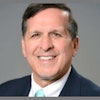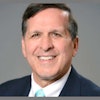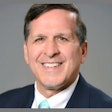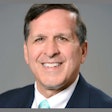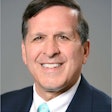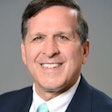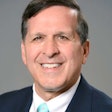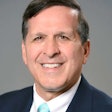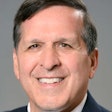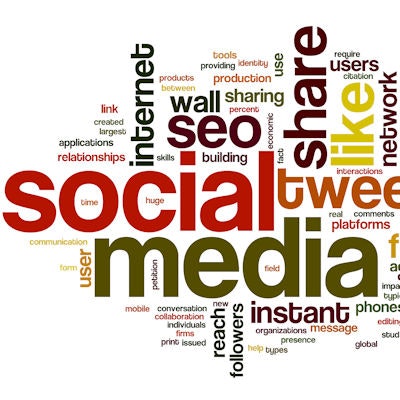
Approximately 44% of people take personal health or fitness actions based on the advice they find on social media platforms, according to the Parade/Cleveland Clinic Healthy Now survey of U.S. adults.
Technology, specifically social media and YouTube, and an overall increase in screen time play major roles in the health, fitness, beauty, and lifestyle choices people make. These factors have led to their interests in telemedicine and other areas, the findings showed.
"These results give us a solid picture of how Americans are embracing healthy living today and clues to what wellness and healthcare might look like tomorrow," said Lisa Delaney, Parade magazine's senior vice president and chief content officer.
Following the pack
Browsing the internet, updating social media, or checking out online reviews are no longer activities used to fill downtime. For many users, smartphones and other devices are all-the-time necessities. Therefore, it's no surprise that people are looking to their favorite celebrities to find out what they are saying about clear aligners before they send away for impression kits or finding out how much weight their online communities are losing on the keto diet before they follow their leads.
It's not new news that the internet, social media, and other platforms have disrupted all areas of life, including health. What is noteworthy is that long hours staying connected has led to changes in the way people approach or consider approaching health and wellness.
To determine these effects, Parade and Cleveland Clinic reviewed the results of an online survey completed in June by about 2,000 adults up to age 65.
About 60% of people don't monitor their screen time, and about 1 in 4 women between the ages of 25 and 49 spend more than five hours each day on their phones or tablets, the survey findings showed.
That many hours of screen time were bound to affect their decision-making. For instance, more Americans than ever are embracing remote access to traditional medical services.
About 20% of participants said they would be likely to consult a doctor via video appointments on their devices for diagnostic reasons.
The move away from direct personal access to healthcare professionals is a major shift, according to Delaney. The convenience and lower costs of solutions such as at-home testing and virtual consultations with health professionals are pluses, she added.
"But it's important to maintain quality as these tools continue to grow in popularity," Delaney noted.
Influencing behaviors
Social media is also helping to influence behaviors. About one-third of survey respondents spend more time on social media than socializing in person, and about half of those between the ages of 18 and 34 spend more time on their favorite platforms than connecting in person, according to the results.
In addition, the time they have spent on these platforms have led them to try natural remedies and change fitness or diet regimens.
Social media can be inspiring, motivating and offer a good support system, but Mark Hyman, MD, director of the Cleveland Clinic Center for Functional Medicine, warned that people need to keep an eye out for dangerous trends and misinformation.
"There can be a lot of false health claims out there, so it's important to ask where that information or advice is coming from," Dr. Hyman said.



